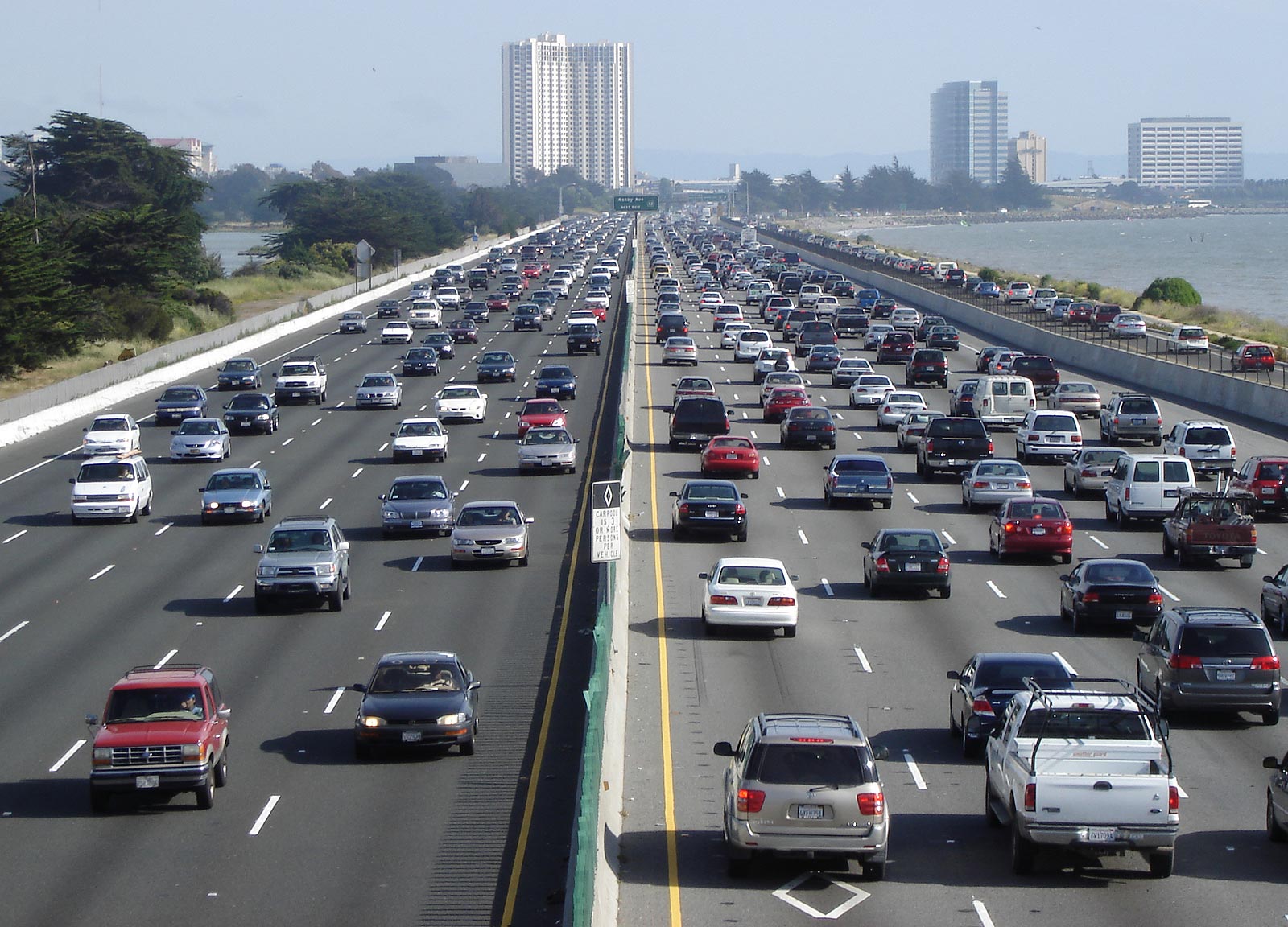|
Brake Booster
A vacuum servo is a component used on motor vehicles in their braking system, to provide assistance to the driver by decreasing the braking effort. In the US it is commonly called a brake booster. A vacuum servo also known as a power booster or power brake unit uses a vacuum to multiply the drivers pedal effort and apply that effort to the master cylinder In automotive engineering, the master cylinder is a control device that converts force (commonly from a driver's foot) into hydraulic pressure. This device controls slave cylinders located at the other end of the hydraulic brake system. A .... It can not be used when the engine is off, mostly after a few attempts. Notes External links What is a brake booster? (a 4-page basic tutorial article, with illustrations & animation) at HowStuffWorks.com [...More Info...] [...Related Items...] OR: [Wikipedia] [Google] [Baidu] |
Motor Vehicle
A motor vehicle, also known as motorized vehicle or automotive vehicle, is a self-propelled land vehicle, commonly wheeled, that does not operate on Track (rail transport), rails (such as trains or trams) and is used for the transportation of people or cargo. The vehicle propulsion is provided by an engine or motor, usually an internal combustion engine or an electric motor, or some combination of the two, such as hybrid electric vehicles and plug-in hybrids. For legal purpose, motor vehicles are often identified within a number of vehicle classes including cars, buses, motorcycles, off-road vehicles, light trucks and regular trucks. These classifications vary according to the legal codes of each country. International Organization for Standardization, ISO 3833:1977 is the standard for road vehicle types, terms and definitions. Generally, to avoid requiring people with disabilities from having to possess an operator's license to use one, or requiring tags and insurance, powered ... [...More Info...] [...Related Items...] OR: [Wikipedia] [Google] [Baidu] |
Brake
A brake is a mechanical device that inhibits motion by absorbing energy from a moving system. It is used for slowing or stopping a moving vehicle, wheel, axle, or to prevent its motion, most often accomplished by means of friction. Background Most brakes commonly use friction between two surfaces pressed together to convert the kinetic energy of the moving object into heat, though other methods of energy conversion may be employed. For example, regenerative braking converts much of the energy to electrical energy, which may be stored for later use. Other methods convert kinetic energy into potential energy in such stored forms as pressurized air or pressurized oil. Eddy current brakes use magnetic fields to convert kinetic energy into electric current in the brake disc, fin, or rail, which is converted into heat. Still other braking methods even transform kinetic energy into different forms, for example by transferring the energy to a rotating flywheel. Brakes are generally ... [...More Info...] [...Related Items...] OR: [Wikipedia] [Google] [Baidu] |
Power Brake
Power brakes are a system of hydraulics used to slow down or stop most motor vehicles. It uses a combination of mechanical components to multiply the force applied to the brake pedal by the driver into enough force to actuate the brakes and stop a vehicle that can weigh several tons. The brake pedal is connected to the vacuum booster which is the first step of the force multiplication. The booster passes the force to the master cylinder, which applies a compressive force to a liquid (hydraulic or brake fluid) and forces it through the brake lines to the brake calipers. The liquid pushes the brake calipers, which in the case of disc brakes, push against the brake rotor causing friction that slows and eventually stops the rotation of the vehicles wheels. In drum brakes, pistons push two shoes against the brake drum accomplishing the same effect. Components Vacuum booster The vacuum booster was invented in 1927 in order to provide a shorter stopping distance. Vacuum boosters prov ... [...More Info...] [...Related Items...] OR: [Wikipedia] [Google] [Baidu] |
Master Cylinder
In automotive engineering, the master cylinder is a control device that converts force (commonly from a driver's foot) into hydraulic pressure. This device controls slave cylinders located at the other end of the hydraulic brake system. As piston(s) move along the bore of the master cylinder, this movement is transferred through the hydraulic fluid, to result in a movement of the slave cylinder(s). The hydraulic pressure created by moving a piston (inside the bore of the master cylinder) toward the slave cylinder(s) compresses the fluid evenly, but by varying the comparative surface area of the master cylinder and each slave cylinder, one can vary the amount of force and displacement applied to each slave cylinder, relative to the amount of force and displacement applied to the master cylinder. Vehicle applications The most common vehicle uses of master cylinders are in brake and clutch systems. In brake systems, the operated devices are cylinders inside brake calip ... [...More Info...] [...Related Items...] OR: [Wikipedia] [Google] [Baidu] |



